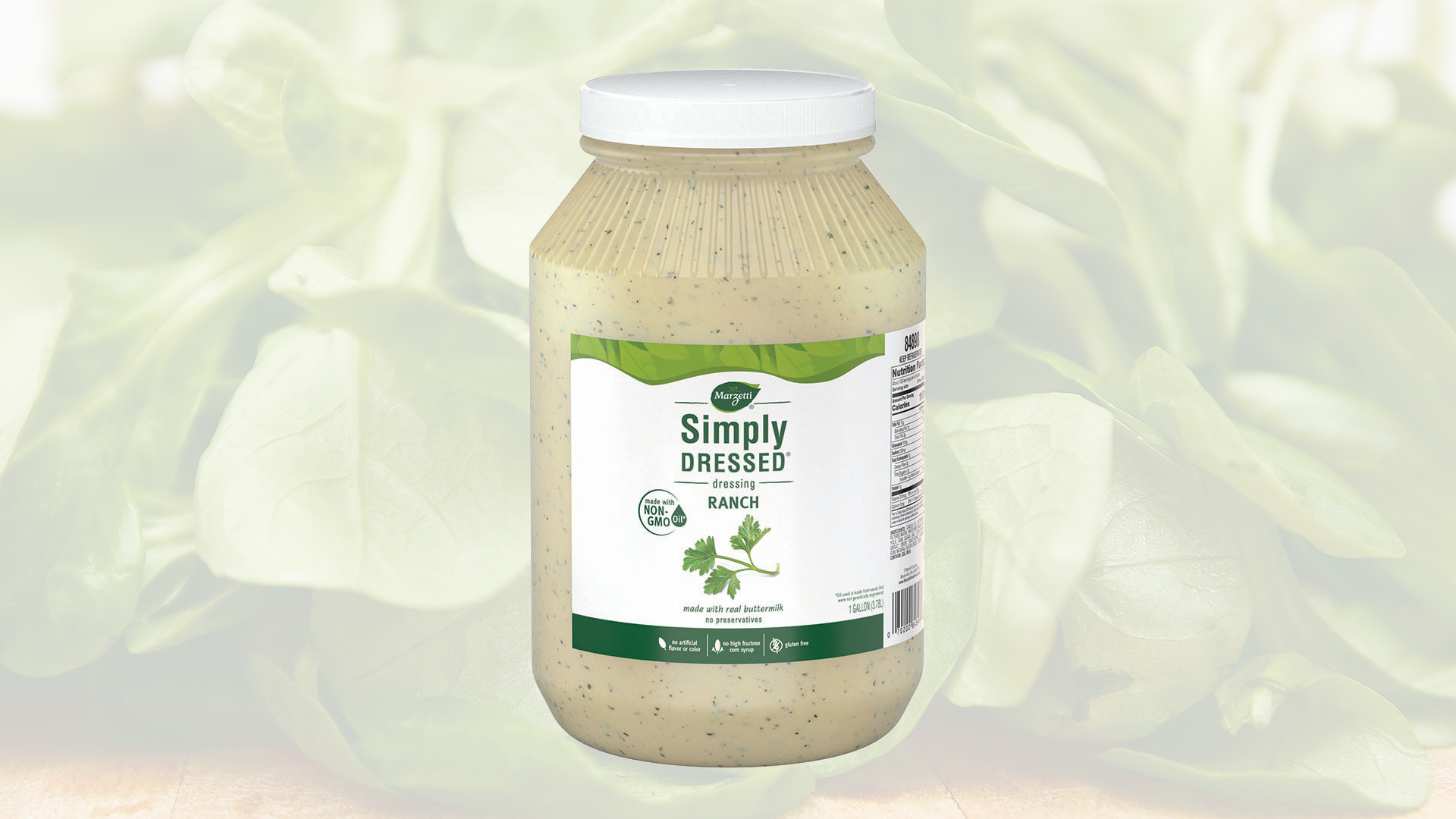
From deli meats and cheeses to salad dressings and beer bottles, many different types of products must endure extreme heat and cold. Their labels, therefore, have to be able to withstand these environments. That means the materials used on the surface and underneath (i.e. adhesives) need to be appropriately chosen.
Don’t worry — that’s where we come in. Let’s talk through some of the most important considerations for selecting durable labels for cold and heat resistance.
Meat and cheese products are two examples of foods that require durable labels that can withstand extreme temperatures. These food products have to be kept in a refrigerator or frozen, so the labels and packaging should hold up in those extremes.
The right adhesive and material combination is vital in these instances. Not all adhesives are created equal and not all are able to withstand the freeze/thaw/moisture combination. Extreme temperature labels can withstand sub-zero cold to over 500 degrees F, and they also function well against grease, fading, and abrasions.
Cheese or meat label adhesive needs to withstand temperatures down to -20 and stick when it’s cold and damp. Pressure sensitive labels stick onto a product’s surface, and they don’t require heat, water or special solvents to stick. They can easily be removed if needed, and they can endure harsh environments.
Your packaging and labels are not only what protect your product, they’re also what consumers see on store shelves. It’s a first impression of your brand, an opportunity to establish trust, and (of course) the time to preserve and protect what’s inside. If your packaging is low-quality, consumers won’t believe the product inside is any different. The product might also expire quicker than planned or deteriorate from harsh shipping or storing environments. This lack of quality translates to a poor quality product, which will slowly turn away loyal buyers and affect your company’s reputation.
With the right label maker by your side, you can avoid such unwelcome circumstances. Professional label makers will ensure that the materials chosen, the design, production, application, and everything else about your labels are completed with the highest quality in mind.
It’s not only about where your product ends up (like in a freezer or refrigerator.) It’s also about how they get from Point A to Point B. Some products may endure rough handling getting from the manufacturing plant to store shelves to consumers’ homes. Durable labels have to be greaseproof, abrasion-resistant, fade-resistant and/or able to handle other rough conditions.
Custom labels made from proper high-quality materials and adhesives can not only withstand rough handling, they can still look great at the end of it. After all, you want your product to impress buyers on store shelves, not send them running in the opposite direction.
Quality is important when working in the food industry, but efficiency matters, too. Your business needs to run without downtime or hang-ups because of labeling issues. We get that. Digital printing is more cost-effective in smaller batches or when printing different variations while Flexo printing will be better for a single design on a larger scale. Both can be used with durable labels for cold and heat resistance.
From ranges in temperature and humidity to sensitivity with surface types and product visibility, labels for harsh environments require a lot of forethought. Partner with a custom label maker who takes this type of project seriously and ensures that the end result is exactly what you need.
If there’s one thing we know, it’s food and beverage labels. Let’s talk about what Mammoth Packaging can do for you. Contact our digital label experts today for the innovative solutions that can make your products truly shine.